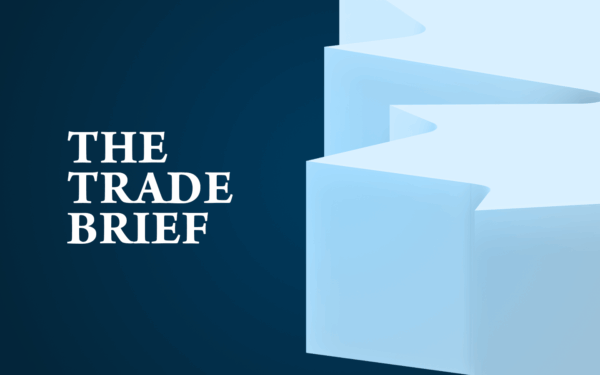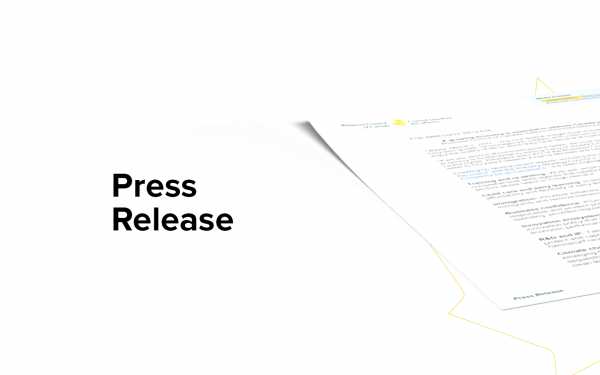Justin Trudeau is stepping down—here’s where things went wrong with his government
As published in The Hub
When Justin Trudeau came to power in 2015, he embodied generational change and promised renewal, transparency, and ambition. Early achievements, such as the Canada Child Benefit, which significantly reduced child poverty, and enhancements to the Canada Pension Plan, which secured better retirements for future generations, reflected this promise.
Yet, over time, the government’s initial momentum gave way to an overemphasis on political optics at the expense of substance. Its failure to meet the moment was not due to a single misstep but rather the cumulative impact of weaknesses in governance, economic underperformance, and policy incoherence.
Governance
The seeds of this decline were sown in the first days of Trudeau’s government. From the early days after the October 2015 election, it was clear that the transition would be a test the government was unprepared to pass. The reliance on campaign strategists—adept at winning elections but unequipped for the intricacies of governance—created a hollow foundation. Policy expertise was easily dismissed, leaving critical decisions in the hands of those more attuned to political theatre than the nuanced demands of managing a country.
This miscalculation set the tone for a government that often prioritized the performance of politics over the practice of it, where form overshadowed substance and immediate political victories were favoured over long-term policy strategies.
Governance requires more than charisma—it demands a leader capable of navigating the complexities of policy and empowering those around them. Trudeau often fell short in this regard, relying heavily on a small cadre of advisors who prioritized political narratives over effective and thoughtful policymaking.
This overconfidence—rooted in a belief that only a few political advisors at the top could manage the entire government agenda centrally—led to an overly controlling approach. Instead of building robust governing systems and empowering institutions, decisions were concentrated in a few hands. This approach fostered inefficiency and a reactive style of governance, unable to address the country’s most pressing challenges effectively. Promising ideas were often undermined by poor execution and a lack of attention to detail.
The decline of cabinet government
Under Trudeau, the traditional model of cabinet government—where ministers lead their departments, initiate policies, and take responsibility for their execution—significantly declined. Power was heavily centralized in the PMO, leaving ministers with little authority to shape the policies within their portfolios. Too often, they were reduced to spokespersons tasked with defending decisions already made by the PMO rather than contributing to them. This approach stifled collaboration, as ministers were unable to bring their expertise to the table.
This centralization also weakened accountability. Ministers, constrained by the PMO’s dominance, lacked ownership over key decisions. As a result, execution suffered, and it was often unclear who bore responsibility for policy failures—as we witnessed recently on the GST rebate debacle or the carbon tax announcement for Atlantic Canada.
Economic policy failures
Trudeau’s tenure coincided with a period of sluggish growth, declining productivity, and mounting fiscal vulnerabilities.
GDP per capita, a critical measure of prosperity, has now been negative for eight of the last nine quarters, lagging peer countries like the U.S. and underscoring Canada’s struggles to transition to a high-value, innovation-driven economy.
Its singular focus on the electric vehicle sector repeated historical mistakes of rent-seeking and subsidy-driven branch plant economic policy. Opportunities to leverage Canada’s natural advantages and foster innovation in energy, agriculture, biotechnology, and advanced infrastructure were neglected in favour of ineffective industrial policy measures.
Public debt expanded at an alarming rate, without a coherent strategy to align spending with long-term pressures such as an aging population. Even as economic conditions improved post-pandemic, the government persistently overspent and missed its own fiscal targets, betraying an absence of discipline and accountability. Meanwhile, labour productivity remained stubbornly low, a symptom of neglected innovation and outdated regulatory frameworks.
Rising immigration levels were not matched by corresponding housing supply increases, exacerbating affordability challenges for millions of Canadians.
Foreign policy incoherence
On the international stage, Trudeau’s government often seemed unmoored. Despite grand declarations about Canada’s role as a champion of multilateralism and progressive values, its foreign policy lacked clarity, coherence, and strategic focus. Relations with key allies suffered, and Canada’s influence in global institutions waned, leaving the country increasingly reactive and sidelined in critical geopolitical debates.
A particularly glaring failure was Canada’s inability to meet its NATO commitment to spend 2 percent of GDP on defence. This pledge, reaffirmed by member states in 2014 as a response to rising global threats, was intended to signal solidarity and collective strength among NATO allies. Yet, a decade later, Canada remained far below this threshold, spending approximately 1.3 percent of its GDP on defence.
This failure became acutely problematic following Russia’s invasion of Ukraine in 2022, a crisis that underscored the urgency of robust military readiness and alliance cohesion. Canada’s shortfall not only strained its credibility within NATO but also limited its ability to contribute meaningfully to collective defence efforts.
Climate and energy policy
Climate change was a cornerstone of Trudeau’s political identity, yet his government’s approach was marked by contradictions. Politically motivated carbon tax rebates undermined the integrity of its pricing framework, and the decision to cap oil and gas production during a period of global energy insecurity reflected a disconnect between environmental aspirations and geopolitical and economic realities.
The NDP agreement and strategic drift
The 2022 agreement with the New Democratic Party, while providing temporary political stability, signalled a significant shift leftward. This realignment alienated centrist voters, eroded the Liberal Party’s traditional identity, and underscored a government increasingly focused on survival over principled governance.
By overstepping its role and acting as though it could run provincial governments through programs like pharmacare and dental care, the federal government neglected its core responsibilities. Financing these initiatives with borrowed money added long-term pressure to both federal and provincial balance sheets while straining federal-provincial relations. Meanwhile, key federal priorities—such as economic strategy, defence, and immigration—were overlooked, creating considerable policy damage.
Lessons for future governments
Trudeau’s government began as a hopeful chapter in Canadian politics, offering a vision of renewal and progress that resonated deeply with the electorate. Yet, as the years passed, this promise was overshadowed by the realities of governance—a sphere that demands not only sound policy ideas but also the skill, discipline, and institutional strength to bring them to fruition.
His tenure was marked by contradictions and inherent tensions: an ambition to lead on climate change undermined by policy incoherence; a genuine commitment to inclusion and diversity overshadowed by cultural polarization; and a preoccupation with redistribution at the expense of focusing on economic growth.
The last few years serve as a cautionary tale: leadership in a modern democracy requires a delicate balance of ambition, pragmatism, and sound governance.
Future governments must learn a critical lesson: while managing effective communication is important, the true measure of success lies in managerial competence and precise policy execution.
The past should not be a prologue. Trudeau approached the prime ministership as a narrator and communicator, often leaving people with the impression he was acting rather than governing. He neglected the policy and managerial rigour the role demands and did not adapt to the complexities of governance. As Albert Camus once wrote: “Tragedy is easy and lies within man’s reach; the masterpiece always demands more.”










